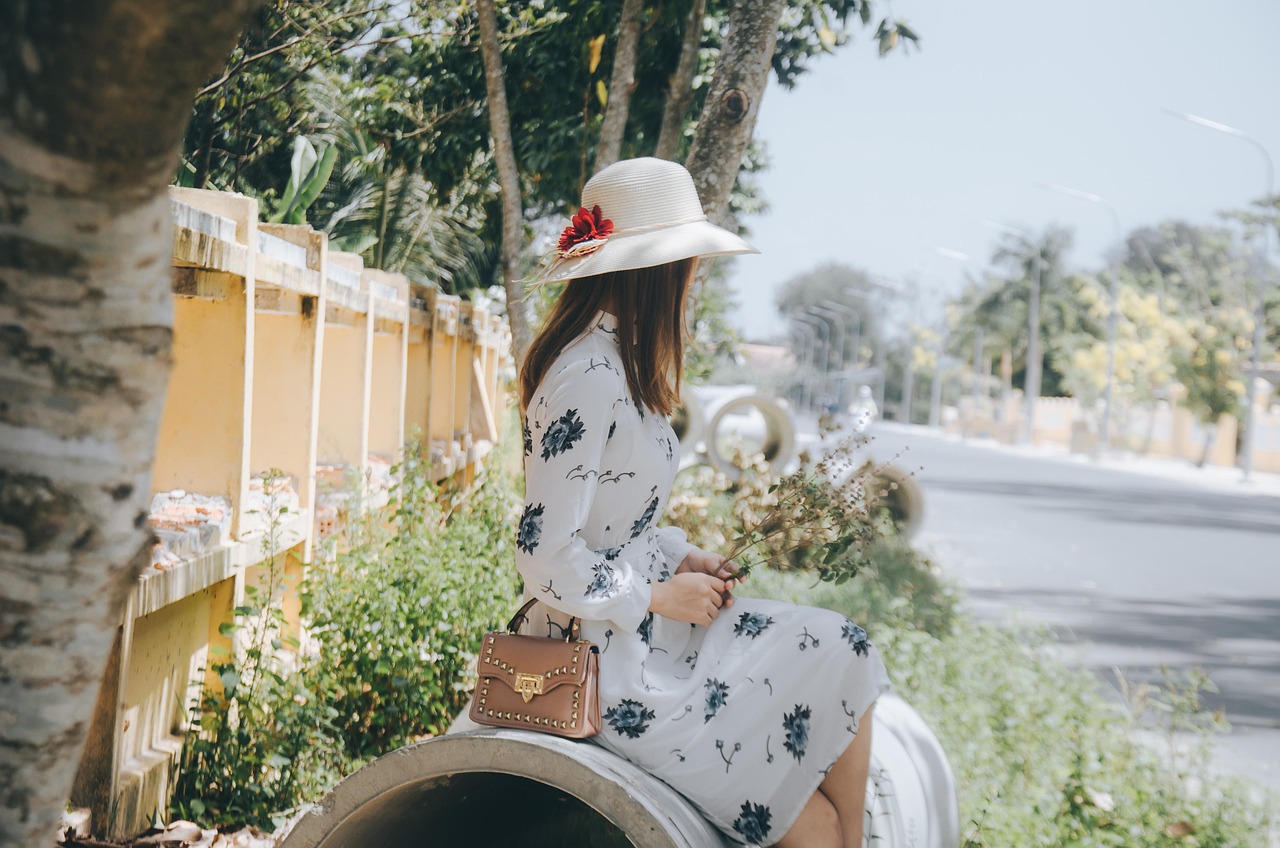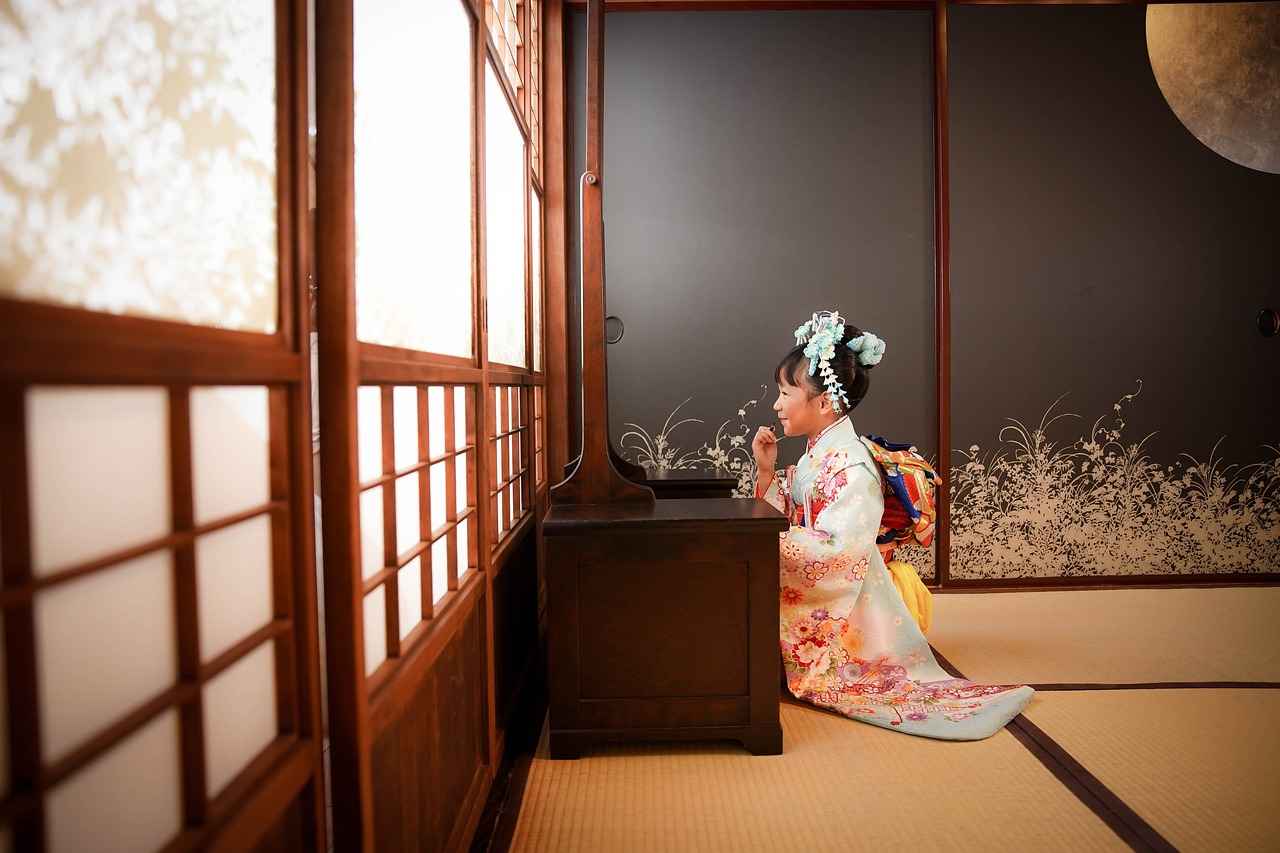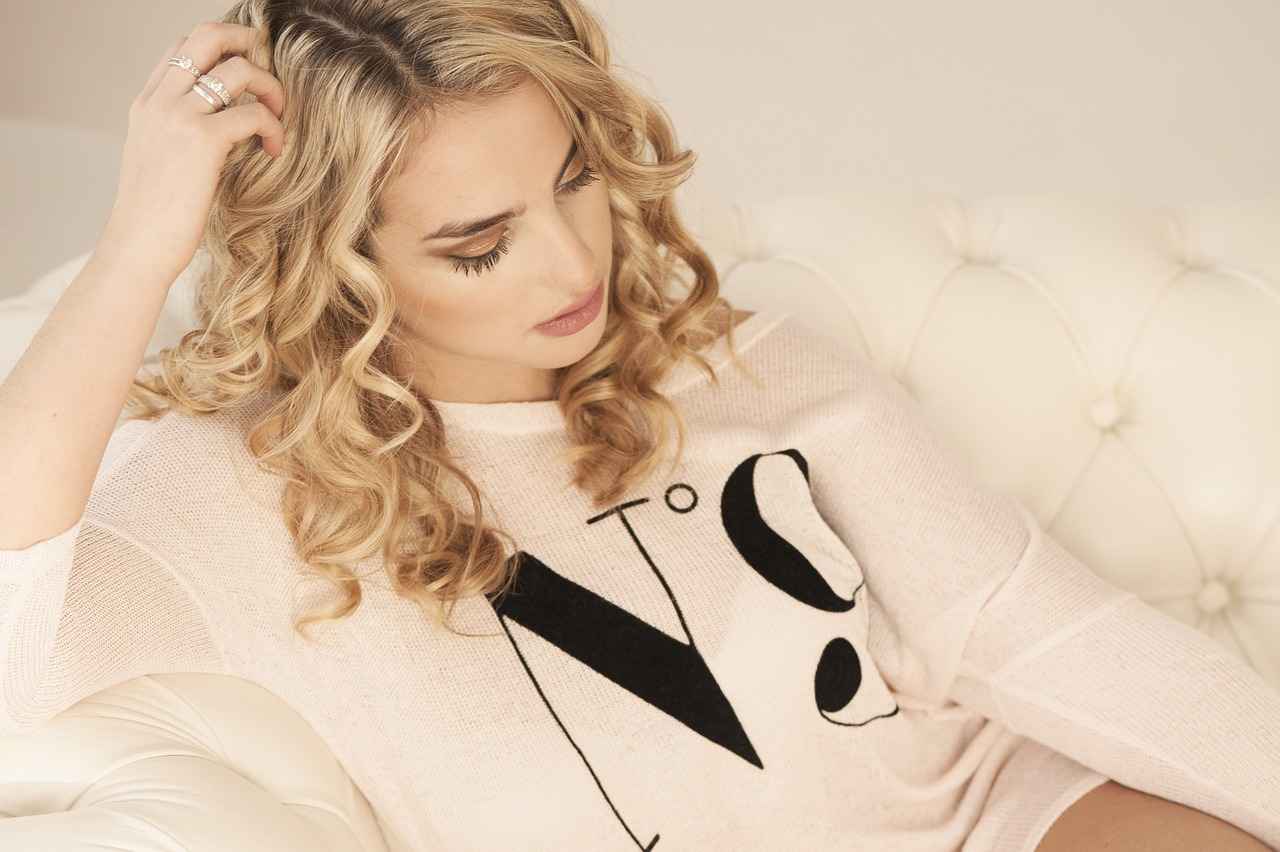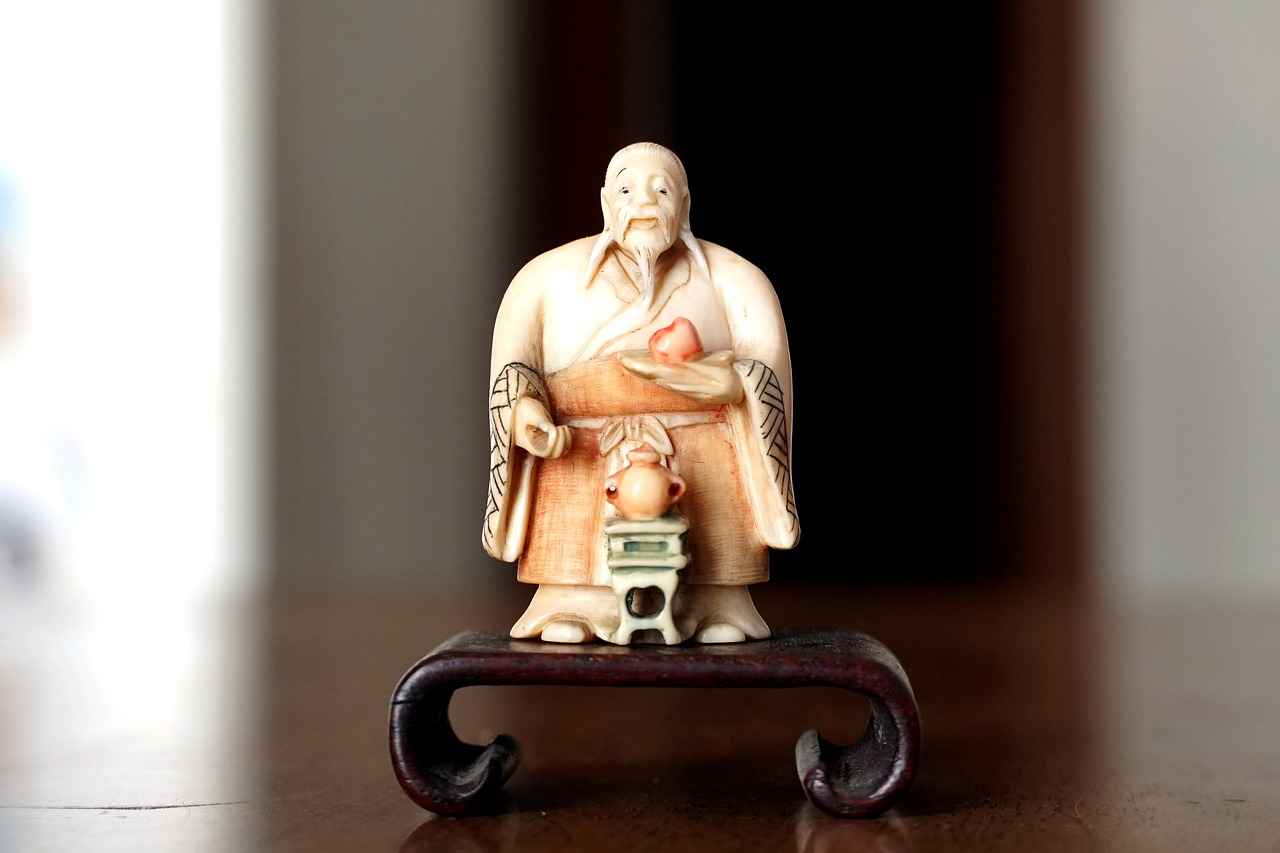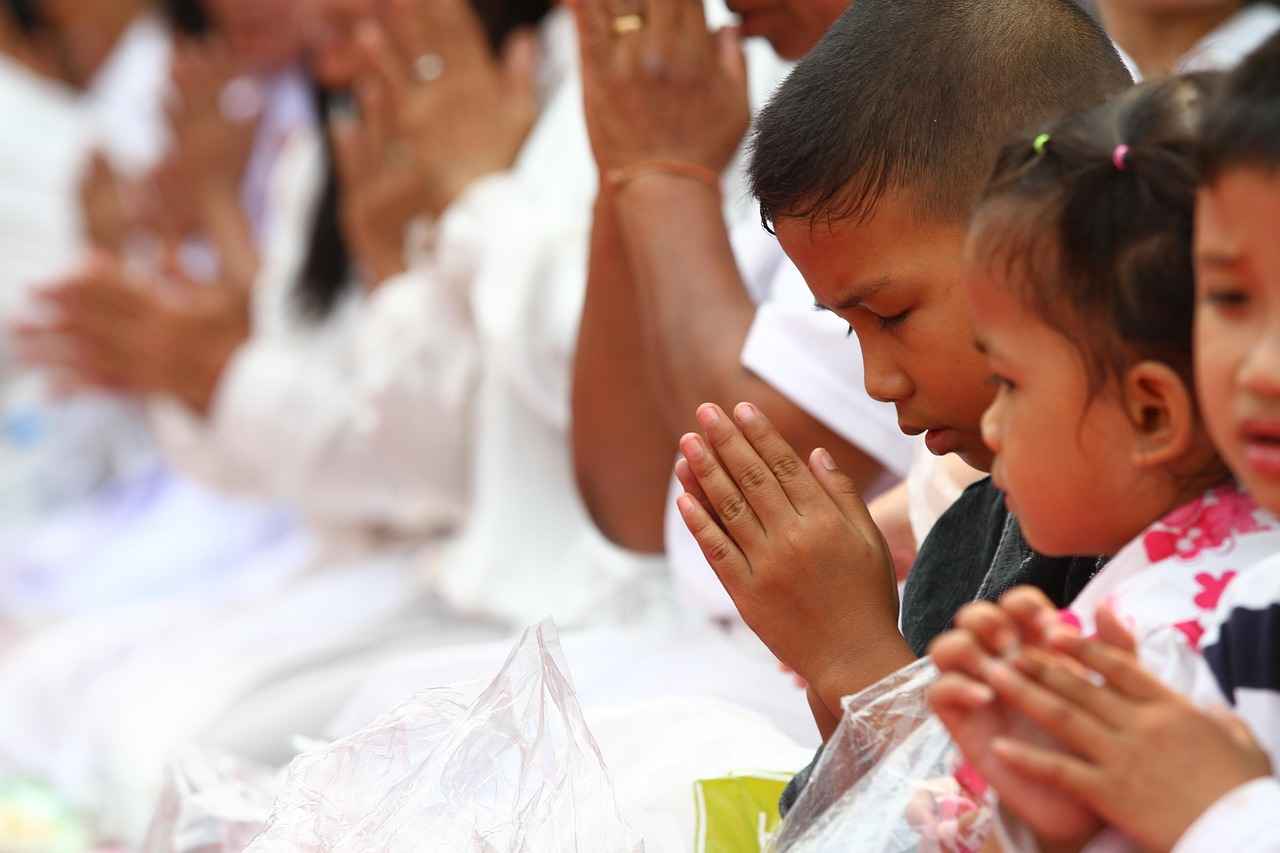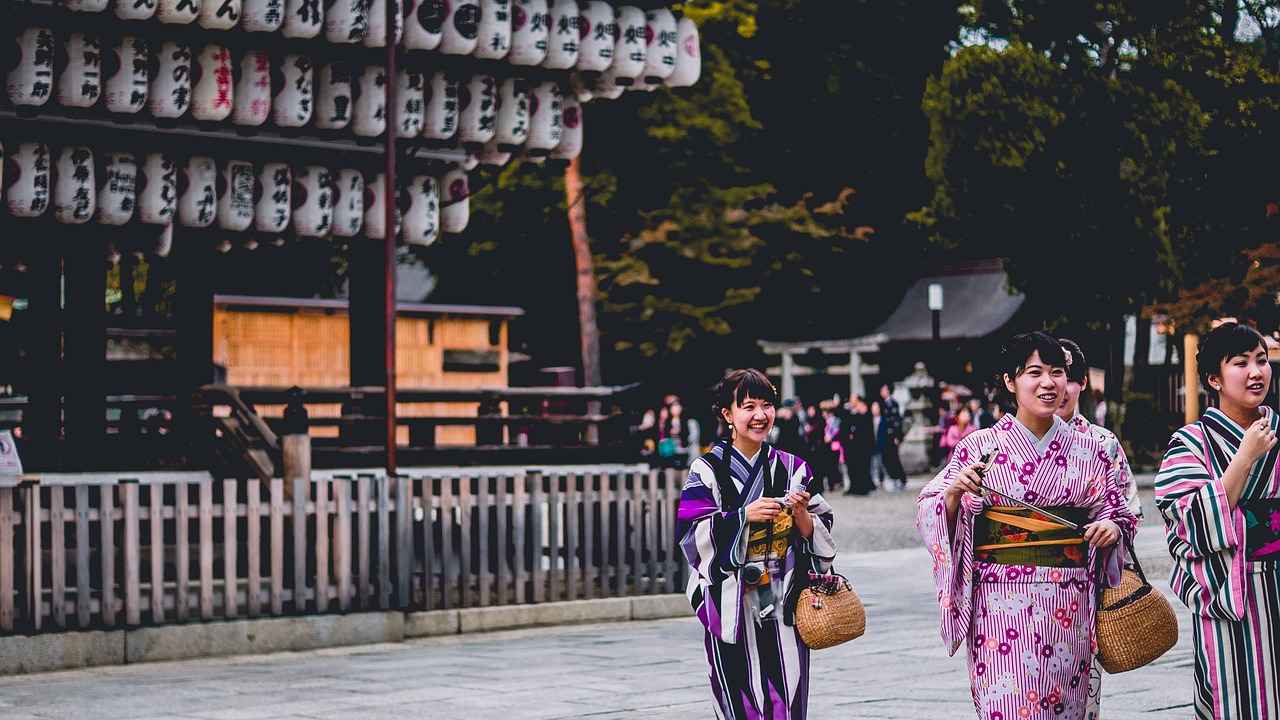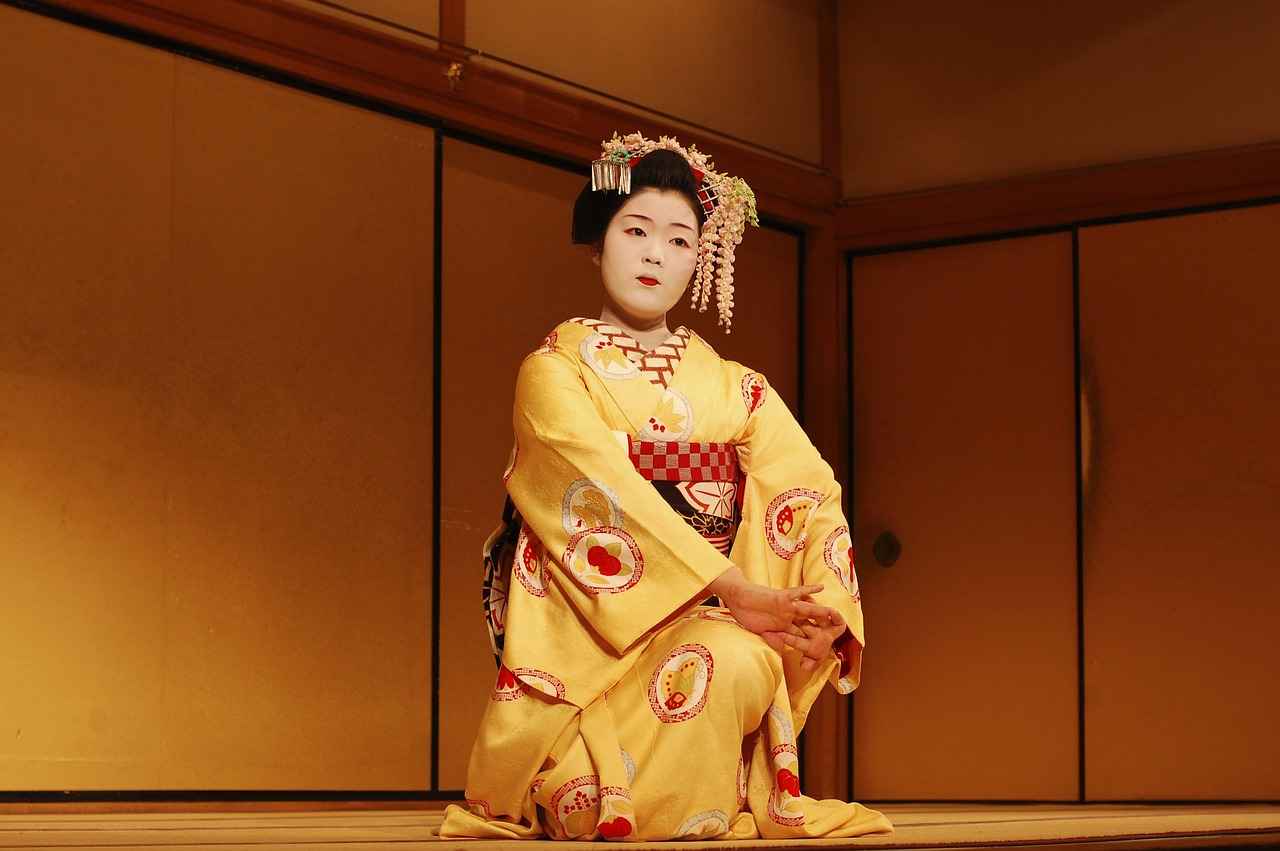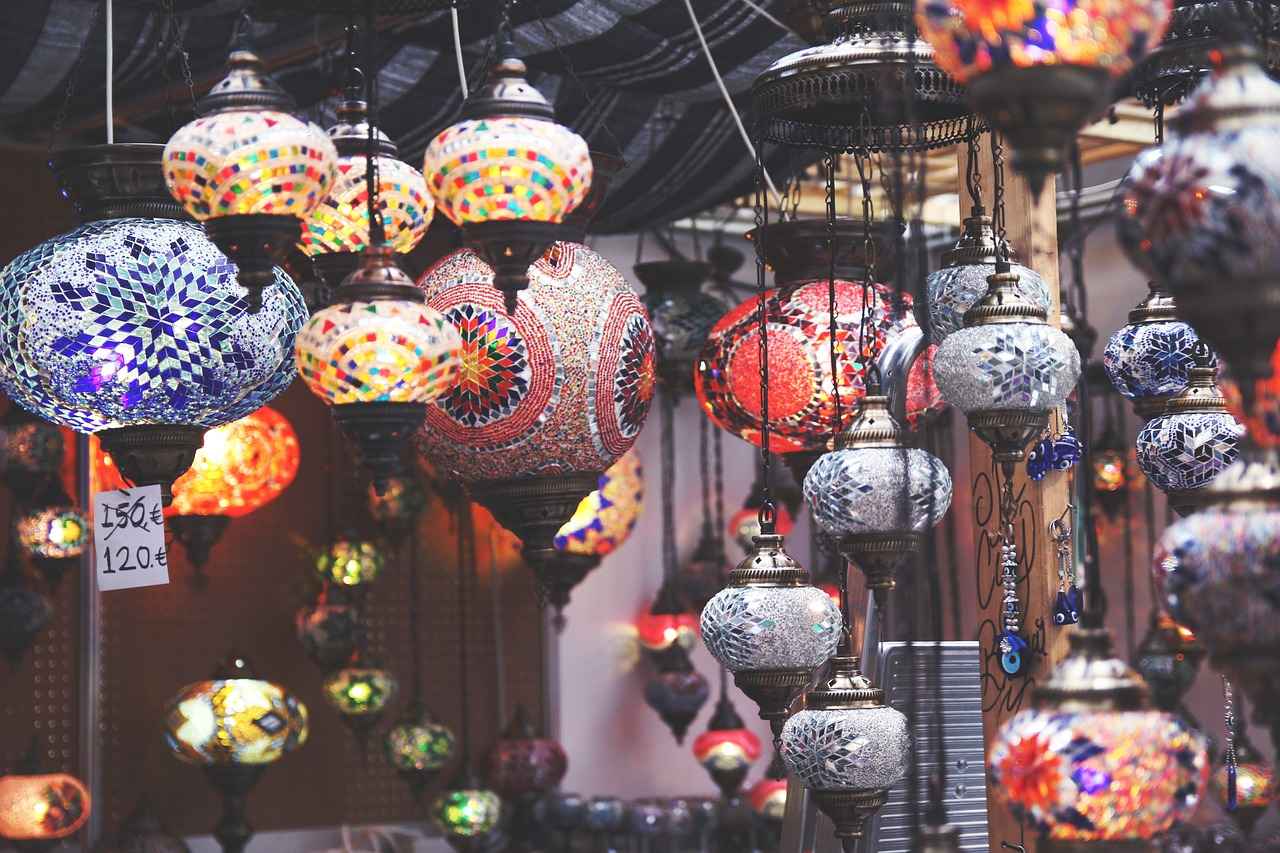Discover why the Japanese kimono dress is not just a beautiful garment but also a versatile and culturally rich addition to your wardrobe that can elevate your style and comfort. The kimono, with its stunning designs and intricate patterns, offers a unique way to express individuality while honoring a timeless tradition.
1. The Rich History of Kimono
The kimono’s origins date back to the Heian period (794-1185), where it was primarily worn by the nobility. Over centuries, it has evolved into a symbol of Japanese culture, adapting to modern fashion while retaining its traditional roots.
2. Types of Kimono Dresses
- Yukata: A casual summer kimono typically made of cotton.
- Furisode: A formal kimono with long sleeves, often worn by young women.
3. Casual vs. Formal Kimonos
Understanding the differences between casual and formal kimonos is essential for appropriate styling. Casual kimonos are perfect for everyday wear, while formal ones are reserved for special occasions.
4. Fabric Choices for Kimono
Kimonos can be made from various fabrics, including silk and cotton, each providing a distinct look and feel. Silk kimonos are luxurious and often used for formal events, while cotton is lightweight and ideal for casual outings.
5. Patterns and Designs
Patterns in kimono dresses hold significant meaning, often reflecting seasonal themes and cultural stories. For example, cherry blossoms symbolize the arrival of spring.
6. How to Wear a Kimono Dress
Layering is key when styling a kimono dress. Pair it with a simple top and jeans for a casual look, or wear it over a fitted dress for a more sophisticated appearance.
7. The Versatility of Kimono Dresses
Kimono dresses can transition seamlessly from day to night, making them suitable for various events, from casual brunches to elegant evening dinners.
8. Styling Tips for Different Occasions
- For weddings, opt for a formal kimono with elegant accessories.
- For festivals, choose a colorful yukata paired with traditional sandals.
9. Accessories to Complement Your Kimono
Accessories play a crucial role in enhancing your kimono look. Consider adding a obi belt for a traditional touch or modern jewelry for a contemporary vibe.
10. Caring for Your Kimono Dress
To maintain the beauty of your kimono, dry clean it regularly and store it in a cool, dry place away from direct sunlight.
11. Where to Buy Authentic Kimono Dresses
For authentic pieces, explore local boutiques specializing in Japanese fashion or reputable online retailers that prioritize quality.
12. Embracing Cultural Significance
Wearing a kimono dress is not just a fashion statement; it is a way to appreciate and respect Japanese culture. It is essential to understand its significance and wear it with pride.

1. The Rich History of Kimono
Discover the fascinating origins of the kimono, a garment steeped in history and cultural significance. The kimono, which translates to “thing to wear,” has evolved over centuries, reflecting the rich tapestry of Japanese culture. Its beginnings can be traced back to the Heian period (794-1185), where it was characterized by simple designs and muted colors. As time progressed, the kimono transformed into a symbol of status and identity, with intricate patterns and vibrant colors emerging during the Edo period (1603-1868).
The evolution of the kimono is not merely a tale of fashion; it is interwoven with Japan’s social and political changes. In the early 20th century, Western influences began to permeate Japanese society, leading to a decline in traditional kimono wear. However, the late 20th and early 21st centuries saw a resurgence of interest in kimonos, as designers began to reinterpret this classic garment for modern audiences. Today, the kimono is celebrated not just in Japan but around the world, embraced by fashion enthusiasts and designers alike.
Modern kimonos come in various styles, ranging from the casual yukata worn during summer festivals to the more formal furisode, often seen at weddings and special occasions. Each style carries its own cultural significance and aesthetic appeal, making the kimono a versatile addition to any wardrobe.
As we explore the rich history of the kimono, we see that it is not just a piece of clothing, but a canvas for expressing identity, tradition, and artistry. The kimono continues to be a powerful symbol of Japanese culture, evolving yet remaining rooted in its historical significance.
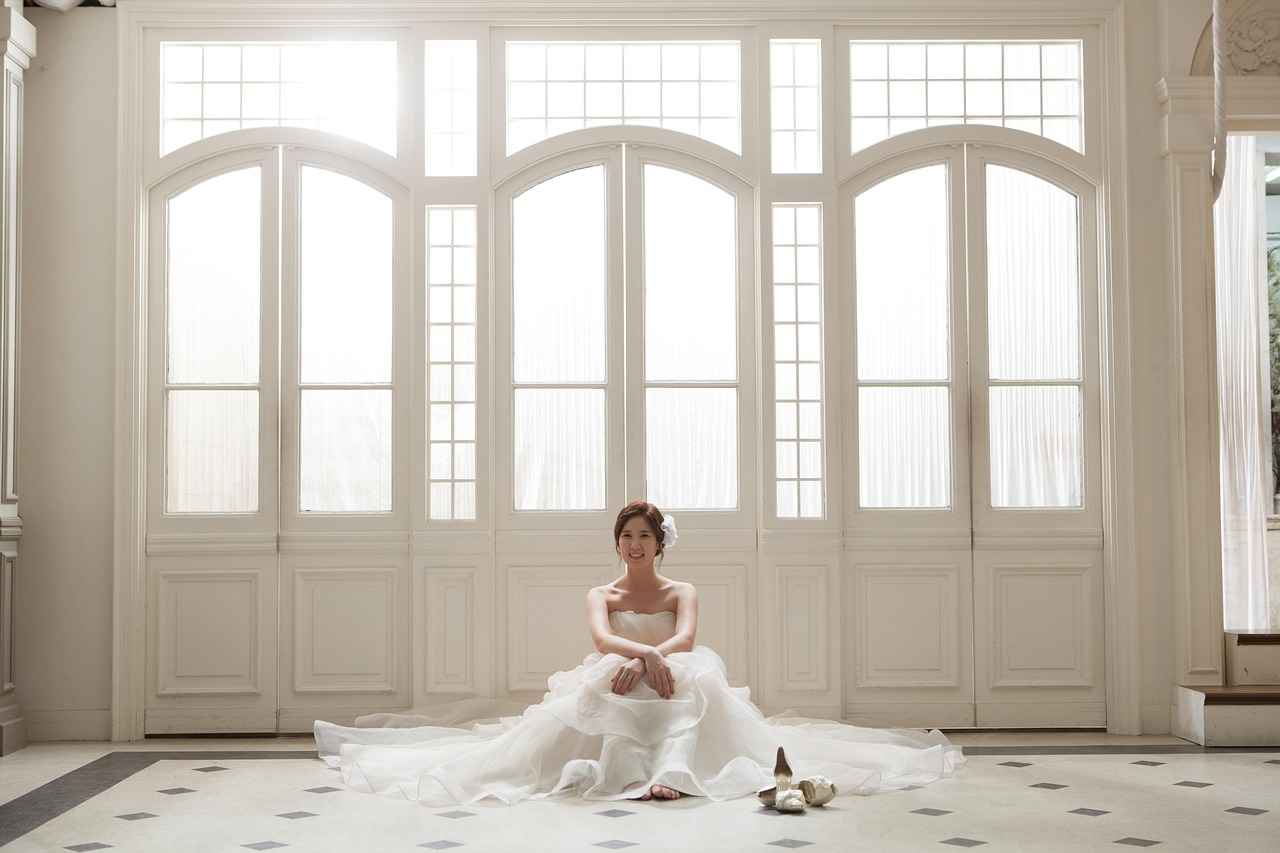
2. Types of Kimono Dresses
Types of Kimono Dresses
Kimono dresses are an integral part of Japanese culture, showcasing a rich tapestry of history, artistry, and tradition. Among the various styles, two prominent types are the yukata and the furisode. Each of these styles offers unique aesthetics and cultural significance, making them essential pieces in any wardrobe.
- Yukata: This casual summer kimono is typically made from lightweight cotton and features vibrant colors and patterns. The yukata is often worn during summer festivals, fireworks displays, and casual outings. Its relaxed fit and breathable fabric make it an ideal choice for warm weather.
- Furisode: In contrast, the furisode is a formal kimono characterized by its long, flowing sleeves. Traditionally worn by young unmarried women, the furisode symbolizes youth and elegance. It is often adorned with intricate patterns and vibrant colors, making it a popular choice for weddings and formal celebrations.
Understanding the differences between these two styles is essential for selecting the appropriate kimono for any occasion. The yukata’s casual nature allows for easy layering and accessorizing, while the furisode demands a more formal approach, often requiring specific obi (sashes) and accessories to complete the look.
In addition to yukata and furisode, there are several other styles of kimono dresses, including:
- Hōmongi: A semi-formal kimono often worn for tea ceremonies and weddings, featuring elegant patterns that flow across the garment.
- Kurotomesode: A formal kimono typically worn by married women, distinguished by its black color and intricate designs.
- Shioze: A versatile kimono style that can be worn for both casual and formal occasions, depending on the fabric and design.
Each kimono style is not just a fashion statement but also a reflection of Japanese heritage, making them a beautiful addition to any closet.
3. Casual vs. Formal Kimonos
Casual vs. Formal Kimonos
Kimono styles can be broadly categorized into casual and formal types, each serving distinct purposes and embodying unique cultural significance. Understanding these differences is essential for anyone looking to incorporate kimonos into their wardrobe.
Casual Kimonos are typically made from lightweight fabrics such as cotton or linen, making them comfortable for everyday wear. The most common casual style is the yukata, which is often worn during summer festivals or at home. Yukatas feature vibrant colors and playful patterns, allowing for personal expression while maintaining a laid-back aesthetic. These garments are ideal for occasions like picnics, fireworks displays, or casual outings with friends.
On the other hand, formal kimonos, such as the furisode, are characterized by their intricate designs and luxurious fabrics like silk. Furisodes are typically worn by young women during significant events such as weddings, tea ceremonies, and graduations. The long sleeves and elaborate patterns symbolize elegance and respect for tradition. Formal kimonos often come with specific accessories, such as obi (sashes) and kanzashi (hair ornaments), which enhance their formal appearance.
In summary, the choice between casual and formal kimonos depends largely on the occasion and the desired aesthetic. Casual kimonos offer comfort and versatility for daily wear, while formal kimonos represent cultural heritage and are reserved for special events. Understanding these distinctions allows individuals to appreciate the beauty and significance of each style.
4. Fabric Choices for Kimono
The choice of fabric in kimono dresses plays a crucial role in determining the overall aesthetic and tactile experience of the garment. Two of the most prominent fabrics used in kimono design are silk and cotton, each offering unique characteristics that contribute to the kimono’s beauty and functionality.
- Silk: Renowned for its luxurious feel and elegant drape, silk is a traditional fabric choice for formal kimonos. Its natural sheen enhances the garment’s visual appeal, making it ideal for special occasions such as weddings and ceremonies. The softness of silk also adds to the comfort of wearing a kimono, allowing for ease of movement.
- Cotton: In contrast, cotton is often used for more casual kimono styles, such as the yukata. This lightweight fabric is breathable and comfortable, making it perfect for warm weather or relaxed settings. Cotton kimonos often feature vibrant colors and playful patterns, appealing to a younger audience or those seeking a more laid-back look.
Furthermore, the choice of fabric not only affects the look but also the feel of the garment. Silk kimonos tend to have a more structured silhouette, while cotton kimonos offer a relaxed fit that can be easily layered. This versatility allows wearers to express their personal style, whether they prefer the refined elegance of silk or the casual comfort of cotton.
In addition to silk and cotton, other fabrics such as ramie and satin are also utilized in kimono production. Each fabric type brings its own texture and aesthetic, further enriching the diverse world of kimono fashion.
Ultimately, understanding the fabric choices in kimono dresses enhances appreciation for this traditional garment, allowing wearers to select pieces that resonate with their personal style and the occasion at hand.
5. Patterns and Designs
Patterns and designs play a crucial role in the cultural significance of kimono dresses, reflecting Japan’s rich heritage and seasonal changes. Each motif carries deep meanings, often representing nature, emotions, and traditional beliefs.
In the world of kimono, seasonal motifs are particularly important. For instance, cherry blossoms signify spring, embodying renewal and the transient beauty of life. Similarly, maple leaves are associated with autumn, symbolizing the beauty of change and the passage of time. These designs not only celebrate the seasons but also connect the wearer to the natural world.
Moreover, specific patterns can denote social status and occasions. For example, the Asanoha (hemp leaf) pattern is often used for children’s kimonos, signifying growth and health. In contrast, the Seigaiha (blue ocean waves) pattern is frequently seen in formal kimonos, representing peace and good fortune. This intricacy in design showcases the artistry and symbolism embedded in each garment.
Additionally, the colors used in kimono patterns also carry significant meanings. Bright colors are often reserved for celebratory occasions, while muted tones may be more appropriate for mourning or solemn events. The choice of color and design can thus convey a message about the wearer’s mood or the context of the event.
In conclusion, the patterns and designs in kimono dresses are not mere decorative elements; they are a vibrant language that speaks of tradition, seasonality, and cultural identity. Understanding these elements enhances the appreciation of kimonos, allowing wearers to connect more deeply with the garment’s rich history and significance.
6. How to Wear a Kimono Dress
The kimono dress is a stunning garment that combines traditional elegance with modern versatility. Here are some practical tips on how to style and wear a kimono dress, ensuring you look fabulous for any occasion.
- Layering Techniques: One of the best ways to wear a kimono dress is by layering. For a casual day out, consider pairing your kimono dress with a fitted t-shirt and denim jeans. This combination creates a relaxed yet stylish look. For cooler weather, you can add a turtleneck underneath the kimono for warmth without sacrificing style.
- Accessorizing: The right accessories can elevate your kimono dress. A thin belt can cinch the waist, adding definition to the silhouette. Consider wearing statement earrings or a chunky necklace to draw attention to your neckline. For footwear, ankle boots or elegant sandals can complement the outfit beautifully.
- Occasion-Specific Styling: When dressing for formal events, opt for a silk kimono dress and pair it with delicate jewelry and heels. For a casual outing, a cotton kimono dress with playful patterns can be paired with sneakers for a chic yet comfortable look. Always consider the event’s dress code when choosing your outfit.
- Seasonal Adaptations: In summer, lightweight fabrics and bright colors can enhance your look, while in winter, opt for darker hues and heavier fabrics. Layering with a fitted long-sleeve shirt or a turtleneck can make your kimono dress suitable for colder temperatures.
By following these tips, you can effortlessly style your kimono dress for various occasions, making it a staple in your wardrobe. Whether you are attending a wedding, going to a festival, or simply enjoying a day out with friends, the kimono dress can be adapted to fit your personal style and the event’s vibe.
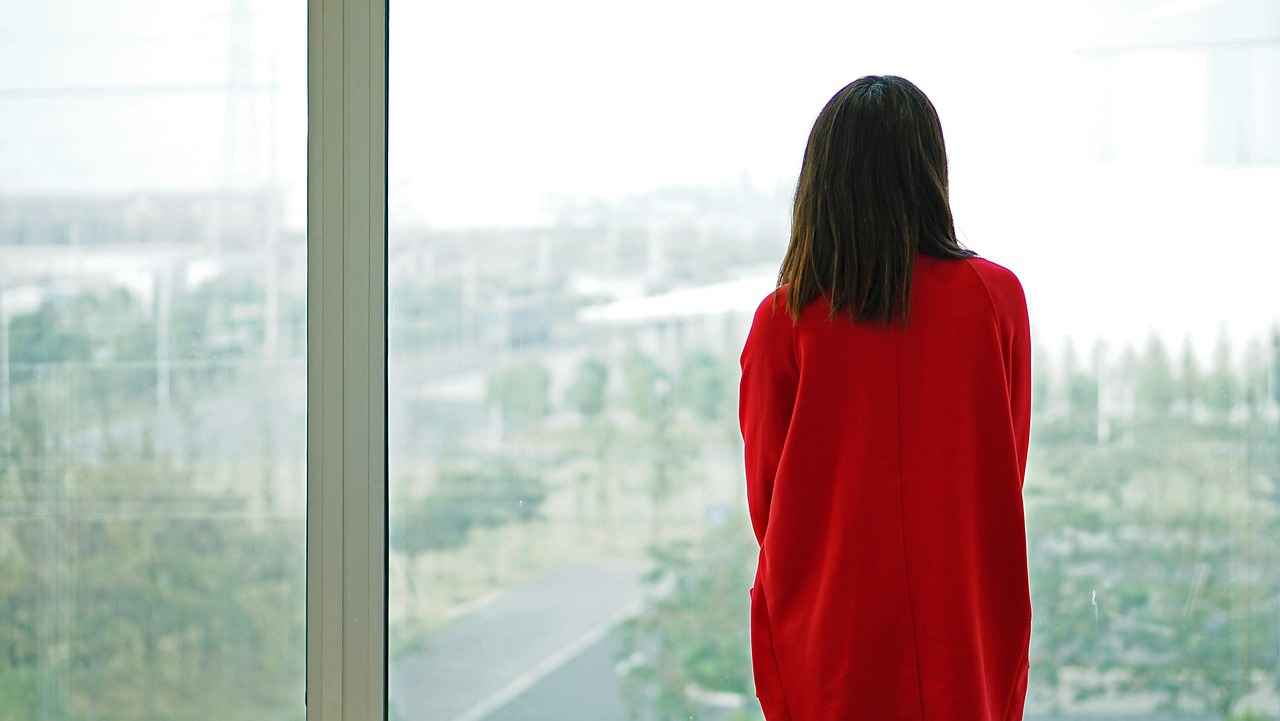
7. The Versatility of Kimono Dresses
Discover the versatility of kimono dresses, a timeless fashion piece that seamlessly transitions from casual daywear to elegant evening attire. Their unique design and rich cultural heritage make them suitable for a variety of events, allowing wearers to express their style effortlessly.
One of the most appealing aspects of kimono dresses is their adaptability. Whether you’re attending a relaxed brunch with friends or an upscale evening event, a kimono dress can be styled to fit the occasion. For casual outings, consider pairing a lightweight yukata with sandals and minimal accessories. This creates a comfortable yet chic look perfect for warm days.
In contrast, for formal occasions, opt for a furisode kimono, characterized by its long sleeves and luxurious fabrics. Accessorizing with elegant jewelry and a stylish clutch can elevate your outfit, making it suitable for weddings or formal gatherings. The ability to dress up or down makes kimono dresses a versatile staple in any wardrobe.
Moreover, the variety of fabrics and patterns available enhances their versatility. From vibrant prints to subtle hues, you can choose a kimono dress that reflects your personal style. Fabrics like silk add an element of sophistication, while cotton options provide comfort for everyday wear.
For those looking to incorporate kimono dresses into their wardrobe, here are some styling tips:
- Layer with a fitted top and jeans for a modern twist.
- Accessorize with statement belts to define the waist.
- Experiment with different footwear, from casual flats to elegant heels.
In conclusion, the versatility of kimono dresses makes them a must-have for anyone looking to enhance their fashion choices. Their ability to adapt to various settings, combined with rich cultural significance, allows wearers to celebrate tradition while embracing modern style.
8. Styling Tips for Different Occasions
Styling your kimono dress for various occasions can be a delightful experience that allows you to express your personality while honoring a beautiful cultural tradition. Whether you are preparing for a wedding, a lively festival, or a relaxed casual outing, adapting your kimono dress style is essential to fit the event’s atmosphere.
- Weddings: For a wedding, consider a formal kimono, such as a furisode, which features long sleeves and vibrant patterns. Pair it with elegant accessories like a decorative obi and traditional footwear. Opt for soft, pastel colors or floral designs to match the celebratory mood.
- Festivals: During festivals, a yukata is a perfect choice. This casual kimono made from lightweight cotton is comfortable and stylish. Choose bright colors and fun patterns that reflect the festive spirit. Accessorize with a simple obi and traditional sandals for a complete look.
- Casual Outings: For a casual outing, you can wear a more relaxed kimono style. A short kimono jacket paired with jeans or a simple dress can create a chic yet comfortable outfit. Choose neutral colors or subtle patterns and accessorize with modern jewelry to balance traditional and contemporary styles.
In addition to selecting the right kimono, consider layering techniques. Lightweight cardigans or shawls can add warmth and style, making your outfit more versatile. Don’t forget about appropriate footwear; traditional geta or modern flats can significantly affect your overall look.
Ultimately, the key to successfully styling your kimono dress lies in understanding the occasion and allowing your personal style to shine through. With these tips, you can confidently wear your kimono dress, no matter the event!
9. Accessories to Complement Your Kimono
Accessories play a crucial role in enhancing the beauty of a kimono dress, allowing you to express your personal style while honoring traditional aesthetics. When choosing accessories, it’s essential to strike a balance between modern flair and classic elegance. Here are some accessories that pair beautifully with kimono dresses:
- Obi Belts: The obi is a traditional sash that cinches the waist and adds structure to the kimono. Available in various colors and patterns, a well-chosen obi can either complement or contrast with the kimono, creating a striking visual effect.
- Footwear: Geta sandals or zori slippers are ideal for traditional looks, while modern flats or heels can provide comfort and style for casual outings.
- Jewelry: Opt for minimalist pieces such as pearl earrings or a delicate bracelet. Avoid overly flashy jewelry to maintain the kimono’s understated elegance.
- Hairstyles: Traditional hairstyles like the wareshinobu or simple updos can enhance the overall aesthetic. Consider adding floral hairpins or combs for a touch of femininity.
- Bags: A small, elegant clutch or a traditional kinchaku (pouch) can be perfect for carrying essentials without overwhelming the outfit.
When accessorizing, remember that less is often more. The goal is to enhance your overall look without overshadowing the intricate beauty of the kimono. By carefully selecting accessories that resonate with the kimono’s cultural significance, you can create a harmonious and stylish ensemble that pays homage to tradition while showcasing your individuality.
In conclusion, the right accessories can transform a kimono dress into a stunning outfit suitable for various occasions. Embrace the beauty of this traditional garment by thoughtfully choosing accessories that complement its elegance.
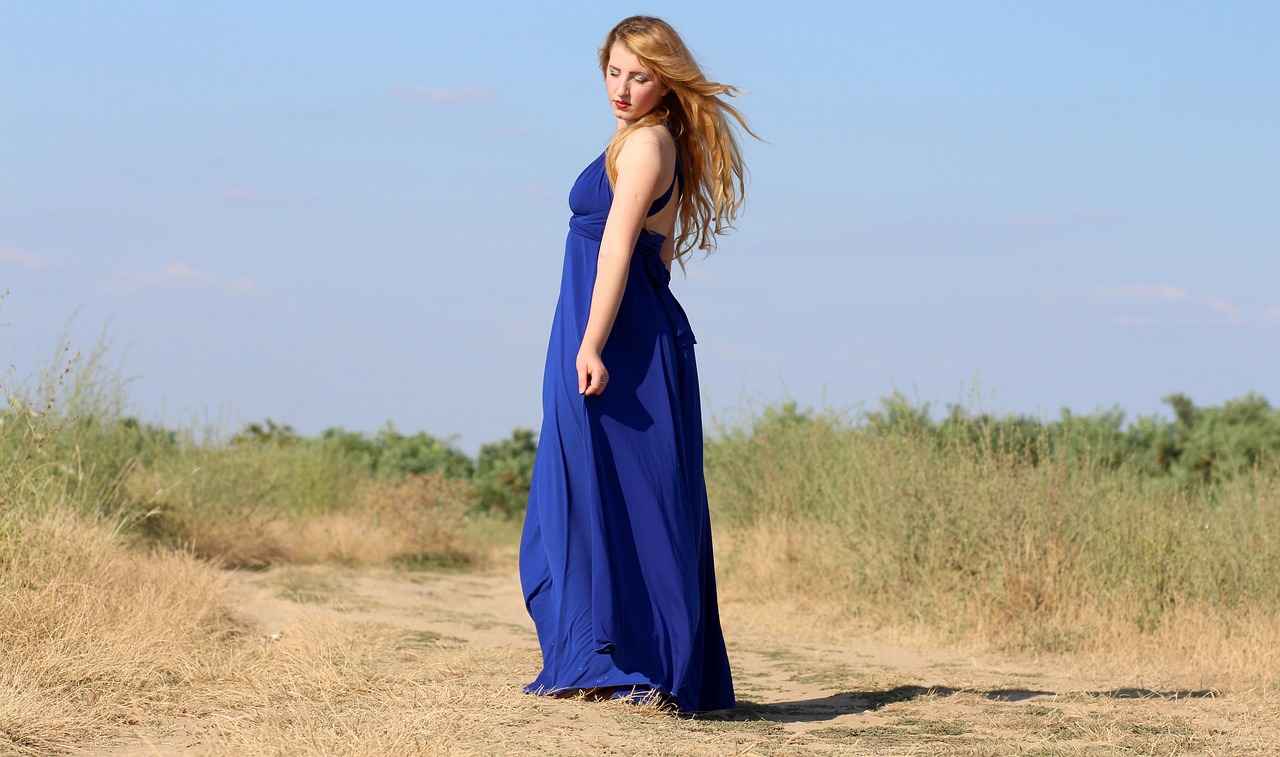
10. Caring for Your Kimono Dress
Caring for your kimono dress is essential to maintain its beauty and ensure its longevity. This traditional garment, rich in history and craftsmanship, deserves special attention to keep it looking its best. Here are some best practices for maintaining and caring for your kimono dress:
- Regular Cleaning: It is crucial to clean your kimono regularly, especially after wearing it to special events. Use a gentle detergent and cold water to hand wash silk kimonos, while cotton kimonos can usually withstand machine washing on a delicate cycle.
- Proper Storage: Store your kimono in a cool, dry place, away from direct sunlight. Use a breathable garment bag to protect it from dust and insects. Avoid hanging it on hangers for long periods, as this can cause stretching.
- Avoiding Wrinkles: If your kimono gets wrinkled, it’s best to steam it rather than iron it. Ironing can damage the fabric and ruin the intricate designs. Use a handheld steamer at a safe distance to gently remove wrinkles.
- Handling with Care: When wearing your kimono, be mindful of sharp objects or surfaces that could snag or tear the fabric. Always take care when putting on or taking off your kimono to avoid any accidental damage.
- Professional Cleaning: For deep cleaning, consider taking your kimono to a professional dry cleaner experienced with delicate garments. This is especially important for vintage or heirloom pieces.
By following these simple yet effective care tips, you can ensure that your kimono dress remains a cherished part of your wardrobe for years to come. Remember, the beauty of a kimono lies not only in its design but also in how well it is cared for.
11. Where to Buy Authentic Kimono Dresses
Finding the perfect kimono dress can be an exciting journey, whether you are looking for something traditional or a modern twist on this timeless garment. Here’s a guide to some of the best places to discover authentic kimono dresses, ranging from online retailers to charming local boutiques.
- Online Retailers:
- Amazon: A vast selection of kimono dresses can be found here, with options catering to various styles and budgets.
- Etsy: This platform is excellent for finding handmade and unique kimono dresses from independent sellers, offering a personal touch.
- Japan Objects Store: Specializes in authentic Japanese fashion, including a curated selection of kimono dresses that reflect traditional craftsmanship.
- Local Boutiques:
- Japanese Cultural Centers: Many cities have cultural centers that host boutiques selling authentic kimono dresses, often sourced directly from Japan.
- Asian Markets: Some larger Asian markets feature clothing sections with a variety of kimono styles, providing an opportunity to try before you buy.
- Specialty Japanese Fashion Stores: Check your local listings for boutiques that specialize in Japanese fashion; they often carry a selection of both traditional and contemporary kimonos.
- Second-Hand Shops:
- Thrift Stores: You might be surprised to find authentic kimono dresses at local thrift shops, where unique pieces often await discovery.
- Consignment Stores: These stores frequently have high-quality, gently-used kimono dresses that can be both affordable and stylish.
When shopping for a kimono dress, consider the fabric, style, and occasion to ensure you find the perfect piece that fits your needs. Whether you choose to shop online or explore local boutiques, the journey to finding your ideal kimono can be just as rewarding as wearing it.

12. Embracing Cultural Significance
Embracing Cultural Significance
When it comes to wearing a kimono dress, it is essential to understand and appreciate the rich cultural heritage embedded in this beautiful garment. The kimono is not merely a piece of clothing; it is a symbol of Japanese history, art, and tradition. Wearing a kimono dress requires a deep respect for its origins and the customs associated with it.
The importance of cultural appreciation cannot be overstated. Each kimono is often adorned with intricate patterns and designs that tell a story, reflecting the seasons, nature, and various cultural elements. For instance, certain motifs are reserved for specific occasions, like weddings or festivals, and wearing them inappropriately can be seen as disrespectful.
- Understanding the Significance: Before donning a kimono, one should research its history and the meanings behind its designs. This knowledge fosters a deeper connection to the garment and its cultural roots.
- Respecting Traditions: It is crucial to wear the kimono correctly, adhering to traditional practices regarding how it is tied and accessorized. This respect for tradition honors the artisans who craft these garments.
- Choosing Authentic Pieces: Opting for authentic kimono dresses, preferably sourced from Japanese artisans, ensures that you are supporting cultural preservation and not contributing to cultural appropriation.
In conclusion, wearing a kimono dress is a beautiful way to celebrate and honor Japanese culture. By embracing its cultural significance, you not only enhance your style but also participate in a rich tradition that has been passed down through generations. This appreciation fosters a greater understanding of cultural diversity and promotes respect for the unique heritage that each garment represents.
Frequently Asked Questions
- What is a kimono dress?
A kimono dress is a traditional Japanese garment characterized by its long sleeves and wrap-around design. It’s not just a beautiful piece of clothing; it’s a cultural emblem that has been adapted into modern fashion, making it a stylish addition to any wardrobe.
- How do I choose the right kimono for an occasion?
Choosing the right kimono depends on the event. For casual outings, a yukata (a lighter, cotton kimono) is perfect, while for formal events, opt for a furisode (a more elaborate style). Always consider the fabric and season to ensure comfort and style!
- Can I wear a kimono dress casually?
Absolutely! Kimono dresses are incredibly versatile. You can dress them down with casual accessories for a day out or elevate them with elegant pieces for a night on the town. It’s all about how you style it!
- What accessories pair well with a kimono dress?
When accessorizing a kimono, think simple yet elegant. A pair of statement earrings, a delicate obi belt, or even a modern handbag can enhance your look without overshadowing the kimono’s beauty.
- How should I care for my kimono dress?
Caring for your kimono dress is essential for its longevity. Always follow the care instructions, typically involving gentle hand washing or dry cleaning. Store it in a cool, dry place to maintain its fabric and colors.
